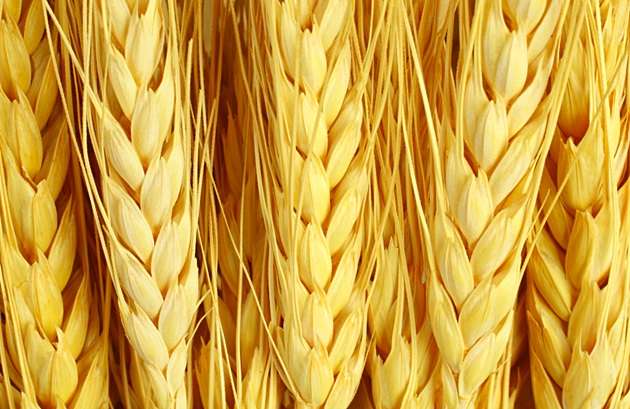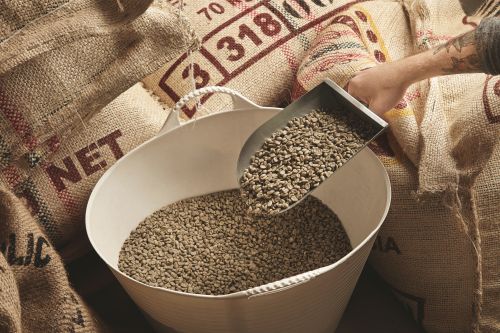
FAO's First Forecast for the 2024/25 Season Indicates a Comfortable Global Supply and Demand Situation
Current prospects for world cereal production indicate an output of 2,846 million tonnes (including rice in milled equivalent), practically equal to the record result from 2023/24.
Among the major cereals, global production of maize and wheat is estimated to decline. Recent adverse weather conditions in the Black Sea region are likely to lead to a decrease in global wheat production. Conversely, production of barley, rice, and sorghum is expected to increase.
Total global cereal utilization in 2024/25 is expected to rise by 0.5% to a new record of 2,851 million tonnes. Global cereal use for food consumption is expected to increase the most, by 1.1% compared to 2023/24.
This increase is expected to be driven by rice (up 1.4%), followed by coarse grains (up 1.2%), and wheat (up 0.8%).
Global cereal use will also increase by 0.4%, driven by strong demand for coarse grains (especially maize and sorghum) for animal feed, while feed uses of wheat and rice are expected to contract.
Global cereal stocks are likely to increase by 1.5% (13.2 million tonnes) above the opening level, to a record of 897 million tonnes, reflecting expectations of higher stocks of coarse grains (with increases for maize, barley, and sorghum) and rice.
Conversely, wheat stocks could fall to their lowest level since 2021/22. With utilization also estimated to increase in 2024/25, the global cereal stock-to-use ratio will likely remain close to the 2023/24 level, around 30.9%.
Estimated at 481 million tonnes, world cereal trade will decrease by 1.3% from the 2023/24 level to 481 million tonnes in 2024/25. Lower trade prospects for maize largely underlie this anticipated decline, with smaller declines in wheat and barley trade also contributing to the contraction.
Conversely, international rice trade is expected to recover. In May 2024, the FAO Cereal Price Index averaged 118.7 points, down 8.2% from a year earlier and 5.7% below the five-year average for the same month.
This decline reflects sharp decreases (both year-on-year and compared to average levels) in world prices for wheat and secondary cereals, which have outweighed price increases for rice compared to their values last year and five-year averages. (Photo: Dreamstime)




